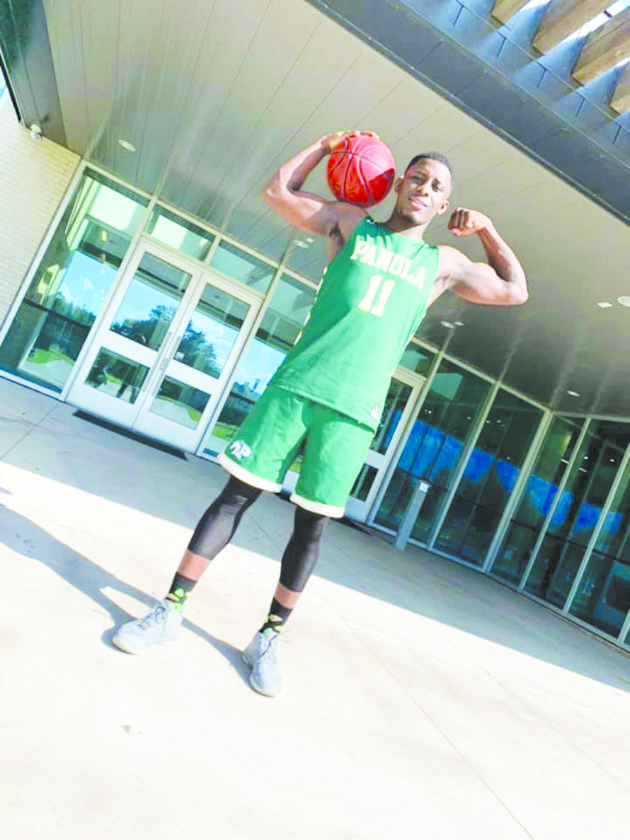By Avenash Ramzan
Long-serving national cycling coach, Hassan Mohamed, has always responded to my question “What keeps you going?” by saying, “Once you mix with the young, you will always remain young.”
West Indies leg-spinner, Devendra Bishoo may be tempted to give you his own version: “Once you mix with cricketers, you will play cricket.”






Comments are closed.